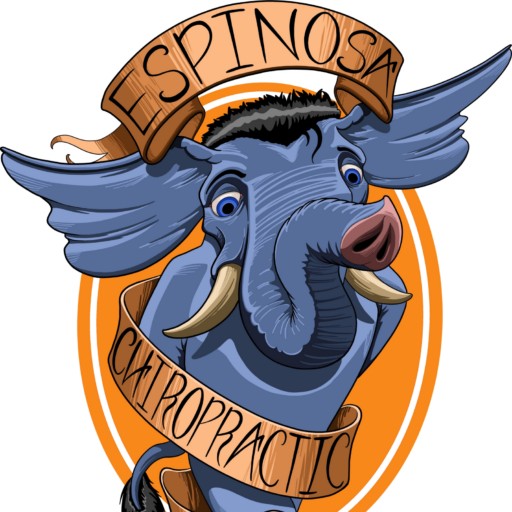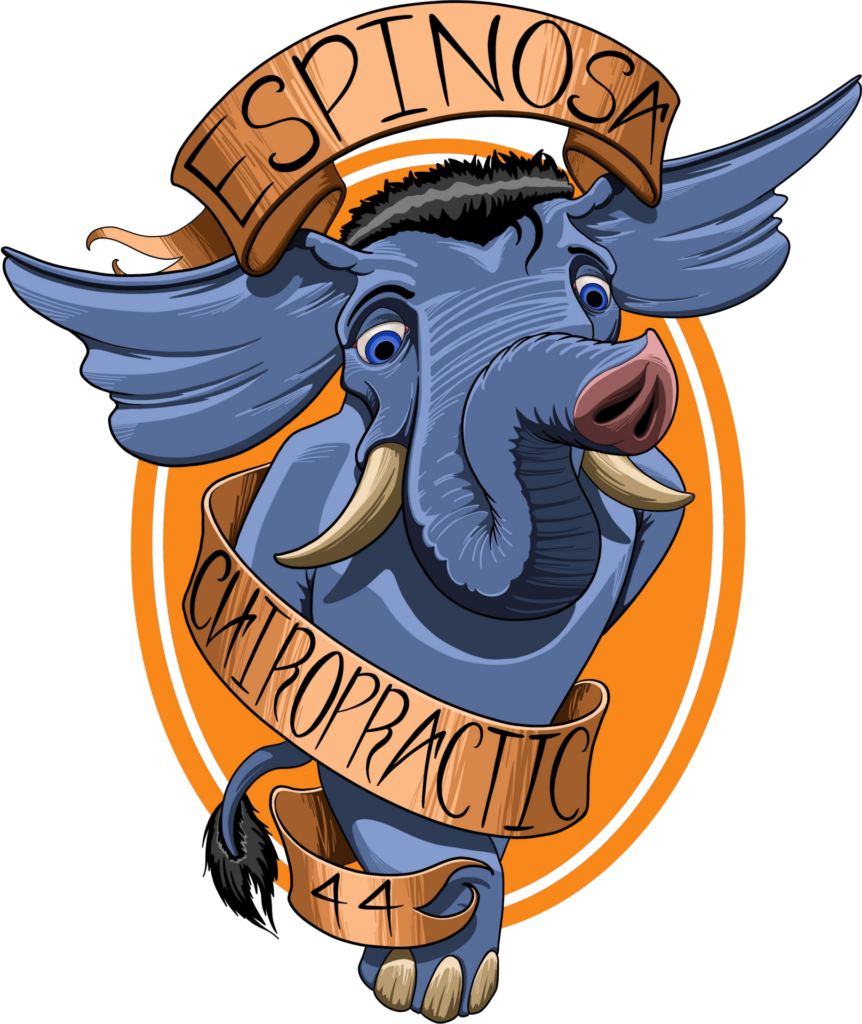Posts by Espinosa
We Wish You the Healthiest Pregnancy Possible

To make that happen, we need to keep you active
Pregnancy is going to slow you down- there is no fighting that. Your body is going to change more rapidly than you will be able to keep up with, and with such rapid change comes a fair amount of discomfort. From morning sickness to sciatica, pregnancies are often fraught with pain and dysfunction. All doctors agree that the best way to stay ahead of the curve (and the majority of the pain and discomfort), is to stay active. But not all doctors have a plan for keeping you in a state conducive to activity.
Soft Tissue Therapy: A Comprehensive, Feel-Good Treatment

What does soft tissue therapy involve?
Many people think of soft tissue therapy as a fancy name for massage. But it is so much more than a basic massage. At Espinosa Family Chiropractic, the primary goal of soft tissue therapy is rehabilitation. We assess and determine the extent of pain and inflammation in a given region and use soft tissue therapy to manipulate and man age this pain. By combining this with traditional chiropractic modalities, we offer another dimension to our pain management and prevention arsenal. So why is soft tissue therapy so effective?
Begin Your Day By Indulging Your Spine

Morning time offers a choice
Will you start your day by falling back into the same old pattern? Or break out of it and begin on the track of healthy habits that will take you through the day with less back pain. All trends will begin in the morning time- it’s when you set the tone for your day; in this vein, we ask: what is more trendy than a healthy spine? Yes, the spine is the conduit for the nervous system, but it is also the conduit to a happy, healthy life. So let’s take a look at starting your day on the right foot for spinal health.
Sitting All Day: How Do I Limit the Damage?

Sitting all day
While calling sitting the new smoking is an exercise in hyperbole, it is clear that excessive sitting will take some kind of toll on your spine. The degree to which sitting harms your spine will be determined by the steps you take in prevention. These steps include:
- Strengthening the core
- Setting yourself up ergonomically
- Taking regular breaks
- Using properly adjusted office equipment
- Becoming a posture expert
But where to start? Taking action on behalf of your spine can be a difficult undertaking. That’s why we always say it’s a good idea to lean on your Sacramento spinal health experts.
Treating Herniated Discs with Cox Technic Flexion/Distraction

The severity of herniated discs varies
From a barely noticeable injury that heals itself to a crippling painful condition that knocks you out of action indefinitely, herniated discs vary widely in scope and severity. While it is true that most people have the capacity to heal their herniated disc by themselves, for others the injury can develop into a chronic condition. At Espinosa Family Chiropractic, it is our foremost priority to stop this from happening. To us, successfully healing a herniated disc goes far beyond just getting rid of the pain. It also involves:
- restoring full range of motion
- restoring full strength to the supporting musculature
- preventing the injury from recurring
The first step is a proper diagnosis. From there we determine which modalities will benefit you the most. Read on to learn about one of our most successful techniques for rehabilitating herniated discs.
The Power of Spinal Health Habits, For Better or Worse

How do your habits affect your spine?
Short answer, greatly. Spinal health is best thought of as a daily, if not hourly, struggle to maintain balance and prevent degeneration. Every little activity you undertake during the day, even if it is no activity at all, is going to have an effect on this system. Starting in our 30s, bone and muscle loss sets in and the challenge takes on a whole new dimension. Being proactive about your spinal health is not only about exercising, eating well and using good posture, but also about being aware at every moment of how your activities and habits affect your spine. Let’s take a look at some bad spinal health habits and see how you are doing:
Postpartum: Body Rehabilitation Begins

Overcome with joy with your newborn
And adjusting to the mental stress and responsibility of life with a new life, it can be easy to forget that your body has a veritable mountain to climb. You will probably lose 12 pounds right away, including the weight of the baby, placenta, some blood and amniotic fluid. Many women ask us why they still look pregnant in the weeks or months after pregnancy. The answer is that your abdominal muscles are stretched to the max! It takes patience and dedication to get your stomach back in shape, and some women are never able to fully banish the pregnancy pouch.
But a further consideration is the state of your spine which, for most women, suffers immensely during the pregnancy process. Your pelvic ligaments remain loose for a period of months after pregnancy meaning that the destabilized state persists. We treat many women who complain that the aches and pains of pregnancy are still with them, even though there baby has been with us for weeks. At Espinosa Family Chiropractic, we have a plan for helping new mothers regain a pain-free life.
Why is Corrective Chiropractic Care Different?

What does corrective chiropractic care entail?
This is a comprehensive approach to healthcare that starts by evaluating the Central Nervous System (CNS) and spinal function. Because the spine houses the CNS, it follows that spinal dysfunction will interfere with the proper functioning of everything in your life, as the CNS controls most functions of the body and mind. Our job as practitioners of Corrective Care Chiropractic is to not only control pain, but to fearlessly search and resolve the causes of your spinal dysfunction. Let’s take a look at how this works.
Weight Matters for Spinal Health

Being overweight: the greatest burden your spine can’t bear
When it comes to spinal health, carrying extra weight is akin to shooting yourself in the foot. Your spine and the surrounding muscles already have enough to contend with considering gravity and the onset of spinal degeneration that comes with age. So when you add superfluous weight into the mix, those same muscles have to work harder to keep you upright and pain free. The logical conclusion is muscle strain, which causes pain in of itself. But once your muscles cease to support your spine properly, your posture changes; the proper functioning of your spinal motion segments becomes altered. This is how weight leads to long-term spinal problems.
Integrating Massage Therapy with Chiropractic Care

Giving yourself the best chance at wellbeing
Healthcare is best thought of as multi-dimensional: it incorporates everything you and your healthcare team do to take care of you; this includes you as a (key) team player! From the food you eat to the exercise you take to the medicine you receive, healthcare is an integrative method of keeping you alive and well. Chiropractic is another cog in this machine- a conservative method of care that adds another entire dimension of support to your wellbeing. At Espinosa Family Chiropractic, we believe that chiropractic’s natural modalities are essential to an individual’s musculoskeletal health. Remaining upright and pain-free in old age is dependent upon proactively taking care of your spine. And while most of society is too busy to spare a thought for posture, we are here as advocates and professional reference points for your spine’s well-being.
